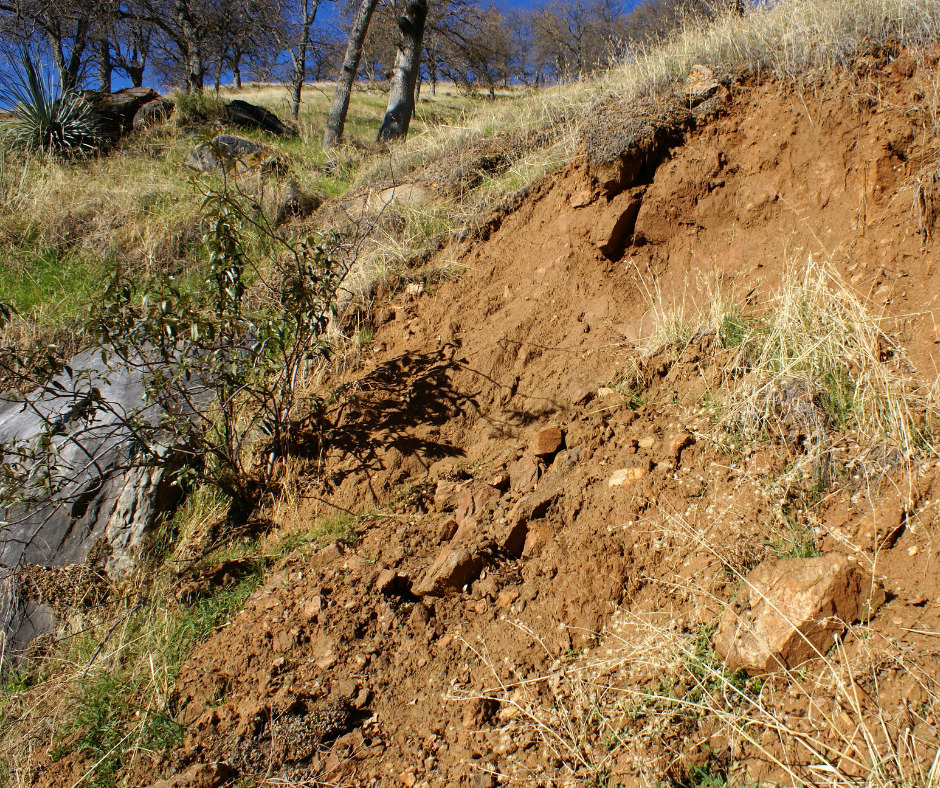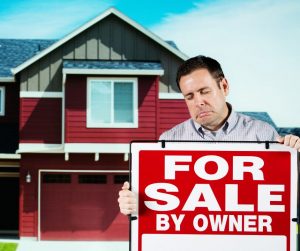When people think of climate change, its impact on real estate isn’t usually what springs to mind first. However, shifting weather and temperature patterns do influence the market and value of individual properties. That means that climate change alters outcomes for both home buyers and sellers.
Here is a look at eight ways climate change is affecting real estate.

8 Ways Climate Change Is Affecting Real Estate
1. Flooding
Changing climate patterns impact floodplains. Areas that once weren’t subjected to significant flooding are now battling rising waters on a regular basis. If the water reaches a home, the damage is usually substantial. Along with the water itself, residual problems with mold, mildew, and contaminants can occur.
After a significant flood, homeowners usually have two choices: repair the damage or leave the home as-is. With repairs, simply fixing the existing damage may not be sufficient, as it won’t protect from future flooding. However, lifting a home is usually expensive, at times requiring far more than a homeowner can reasonably spend.
If the cost of repairing the house is too high – particularly since floods aren’t covered in a typical homeowner’s insurance policy and many homeowners don’t have separate flood coverage – the latter option may seem wiser. However, that means either keeping or trying to sell a damaged property, potentially in an area that might flood again.
2. Hurricanes

Similar to the point above, hurricane activity has changed over recent years. Areas that didn’t traditionally see storms often are dealing with them more frequently. In some cases, the strength of the storms is a primary concern, as increasing ferocity means more risk and damage to an area.
The high wind and water damage that comes with hurricanes aren’t always covered by insurance, leading to similar tough decisions as those outlined in the previous section. Additionally, while homeowners can take steps to prepare for hurricane season, that isn’t something everyone wants to take on regularly. As a result, it can impact property values.
3. Droughts
On the other side of the spectrum, droughts caused by climate change can also impact the real estate market. Declining water resources make some areas harder to live in and could make some areas functionally unlivable in the future.
While people can conserve water when managing their property, those actions may not be enough to avoid water shortages down the line in areas affected by prolonged droughts. In turn, that makes properties in those regions less attractive to buyers, reducing values and increasing time on the market for sellers.
4. Wildfires

Wildfires are increasingly common in many parts of the country. Like floods and hurricanes, the damage caused by wildfires is typically significant. Homeowners may have to make difficult decisions regarding repairs. Even though homeowner’s insurance often covers wildfires, separate coverage might be required in fire-prone areas. As a result, some homeowners without those supplements may not have enough cash to handle the needed work.
Additionally, in regions where wildfires occur regularly, fear of future blazes influences the market dramatically. Sellers may have serious trouble finding a buyer. Since reduced prices can be enticing, declining property values are usually part of the equation.
5. Lumber

Climate change is having a significant impact on the lumber market. Shifting weather patterns can impair tree growth, considerably altering the availability of lumber products. Couple that with losses related to wildfires, and prices inevitably rise.
While other factors also play a role in lumber pricing – such as labor shortages and pandemic-related shutdowns slowing production – climate change is influencing the market today and will continue to do so. As the prices rise, new homes are harder to build. This can push the value of existing properties up, suggesting they’re in good repair.
However, it hinders the value of homes that require work. Repairs and updates come with higher price tags if wood products are part of the equations. Often, homes sold as-is may have to lower prices in response to those rising costs, potentially lowering the value of properties in the area.
In some cases, wood alternatives can serve as a viable solution for some builds, repairs, and updates. However, they aren’t as widely used in the construction field and may come with significant price tags on their own, which can push the price of those projects up.
6. Buildability

In some cases, climate change can impact the buildability of certain lots. For example, shifting floodplains could make a property that was once considered suitable for permanent structures to become unbuildable.
The same goes for areas that are newly classified as erosion-prone or otherwise lack suitable ground stability due to changing conditions. In areas where sea levels are rising, coastal lots may see their buildability change, too.
Changes to buildability impact markets in several ways. Since it can impact all projects that require building permits – including new home construction – the value of reclassified empty lots can decline dramatically. It may also limit homeowners from completing certain kinds of repairs or updates, reducing a property’s value.
7. Insurance
When an area becomes more prone to weather-related damage, homeowner’s insurance rates typically rise. Insurers have to compensate for the increased likelihood of valid claims, so they push up prices to accommodate for that fact.
However, the increasing cost of materials – such as lumber – is also a factor. That alters how much money it takes to make certain repairs after a property is damaged in a way that’s covered. In response, insurers have to raise premiums.
Additionally, once a home is in an area that experiences flooding, high winds, hurricanes, or similar events, many homeowners need supplemental insurance to secure the required coverage. This adds a new cost to the equation, one that often rises as more weather events occur.
Along with impacting monthly budgets, the issues outlined can affect the desirability of a property. Many buyers explore insurance rates in advance, allowing them to determine the total cost of owning a home. When rates are incredibly high, they may be less inclined to buy in a particular area, causing prices in that region to drop.
8. Property Taxes

One unexpected way that climate change may alter the world of real estate involves property taxes. In high-risk areas, populations may shrink. As a result, property taxes may end up rising to compensate for the smaller tax base.
However, that isn’t the only potential impact. Since property taxes often pay for maintenance and repairs for certain public properties – like roadways and parks – more weather-related damage means paying for more work. If the cost outweighs any insurance coverage, increasing property taxes might be viewed as a viable way for municipalities to get critical funds.
If property values fall because of shifts in desirability, less is collected in property taxes if rates remain the same. That could lead to rising rates, which may stay in place even if home values rise again.




